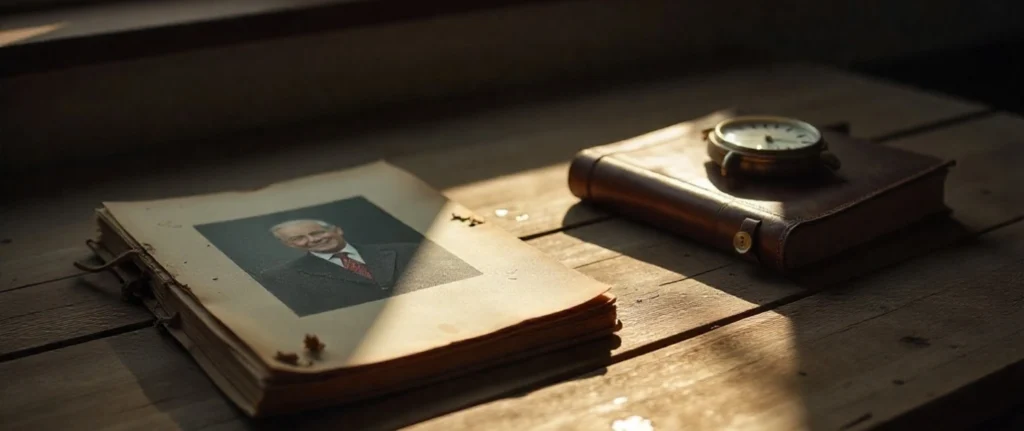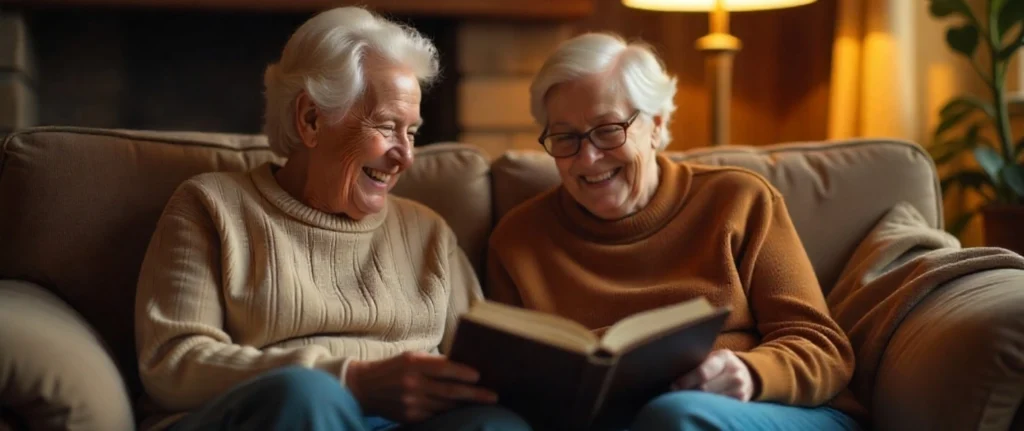Why Memories Outshine Material Things
Have you ever looked at an old photograph and felt an instant rush of emotions? Maybe it was a picture from your childhood birthday, your first day at college, or a simple family trip. The cake might have been eaten, the gifts might have broken, the place may have changed—but the memory? It still feels alive.

This is the beauty of life: things fade away, but memories last forever. In today’s fast-paced world, where we often chase possessions and achievements, it is the moments we create with people that truly define the richness of our lives.
This blog explores the timeless value of memories, why they matter more than things, and how we can consciously create experiences that stay with us forever.
The Fleeting Nature of Material Things
Life constantly reminds us that material possessions are temporary. The car we buy today will lose its shine in a few years. The new smartphone will soon be outdated. Even the clothes we love eventually wear out.
While there’s nothing wrong with enjoying these comforts, they are not designed to stay forever. Their value diminishes with time. What stays are the feelings we attach to them—the joy of buying that first car with your savings, the laughter with friends while clicking selfies on an old phone, or the comfort of a favorite sweater gifted by someone special.
Material things may fade, but the emotions attached to them transform into lasting memories.
Memories: The Invisible Treasure
Unlike objects, memories don’t lose value—they grow richer with time. Every time we recall them, they become stronger, warmer, and more meaningful.
Think about the smell of your grandmother’s cooking, the sound of your child’s first words, or the thrill of achieving a long-awaited milestone. These are priceless treasures stored safely in our hearts, untouched by time or change.
Why Memories Last Forever
- They are tied to emotions: Our brain holds onto moments that made us feel deeply—whether happiness, love, or even sadness.
- They give us identity: Memories shape who we are. Childhood experiences, struggles, and celebrations define our values and beliefs.
- They keep people alive in our hearts: Even when loved ones are gone, memories bring them back to us in the most comforting way.
Storytelling Moment: A Walk Down Memory Lane
A few years ago, I attended a close friend’s wedding. We laughed, danced, and celebrated until the sun came up. Recently, when I met the same group of friends, we barely remembered what we wore or what the food tasted like. But we vividly remembered how we felt—the jokes, the tears of joy, and the way everyone came together as a family.
That day reminded me that things fade away, but memories last forever.
Science Behind Lasting Memories
Neuroscience proves that memories tied to strong emotions are stored longer in the brain. When we experience happiness, excitement, or love, our brain releases chemicals like dopamine and oxytocin, which strengthen memory retention.
This is why you may forget routine days but always remember your first school play, your wedding day, or the time you overcame a big challenge. Science confirms what our hearts already know: emotional experiences leave lasting imprints.
How to Create Memories That Last a Lifetime
1. Value Experiences Over Possessions
Instead of chasing the next gadget, invest in experiences. Go on a trip with family, attend a concert with friends, or simply spend quality time together. These moments create memories you’ll carry forever.
2. Live in the Present
In today’s digital age, we often get so busy capturing moments for social media that we forget to live them fully. Be present—laugh, listen, and soak in the little details.
3. Celebrate Small Moments
Not every memory needs to be grand. Some of the most beautiful ones are in everyday life—family dinners, late-night talks, or watching the rain with someone you love.
4. Build Traditions
Family traditions like celebrating festivals together, taking annual trips, or weekend rituals create a sense of continuity. Over time, these become treasured memories.
5. Record and Reflect
While living at the moment matters, capturing memories through journals, photographs, or videos helps us revisit them years later and relive the emotions.
Real-Life Examples: Memories That Outlive Things
- A Father’s Old Watch: A man once shared how his father’s wristwatch had stopped working long ago. While the watch itself had lost its function, every time he saw it, it reminded him of his father’s discipline and love.
- Childhood Toys: We may no longer play with our toys, but just one glance at them takes us back to days of innocence and joy.
- Travel Adventures: People often forget the exact details of a hotel or a ticket price but never forget the laughter during a road trip, the conversations by a campfire, or the breathtaking view from a mountaintop.
These examples show how memories preserve emotions long after physical objects fade.
The Emotional Impact of Memories
Memories have a healing power. During tough times, recalling a happy moment can bring comfort and strength. For someone grieving, remembering a loved one’s smile can feel like a warm hug.
They also inspire us. For instance, remembering your struggles and victories can motivate you to keep going. Childhood encouragement from a teacher may push you to believe in yourself even today.
Memories are not just stories from the past—they are guiding lights for the present and future.
Building Meaningful Connections Through Memories
At the heart of every lasting memory are people. Relationships grow stronger not through expensive gifts but through shared experiences.
- Friends: Road trips, late-night study sessions, or even silly fights become the stories you tell for years.
- Family: Cooking together, celebrating festivals, or simply watching a movie can create priceless bonds.
- Love: Romantic relationships thrive not on grand gestures but on small, consistent moments of care.
Shared memories weave people together and create bonds that withstand time and distance.
Why Memories Are the Real Legacy We Leave Behind

At the end of our lives, nobody remembers the brands we wore or the gadgets we owned. What truly stays alive is how we made others feel, the love we shared, and the moments we created together.
Memories are our real legacy. They outlast material wealth, offering comfort and connection to those who carry them forward.
Practical Tips: How to Make Every Day Memorable
- Take time each day to notice small joys.
- Create rituals—like family meals or Sunday walks.
- Express gratitude—it makes moments more meaningful.
- Spend less time on screens and more time in conversations.
- Be intentional: Ask yourself, “Will this moment be worth remembering?”
By living consciously, we can fill our lives with memories that shine forever.
Conclusion: What Truly Lasts Forever
Life teaches us that everything fades—wealth, possessions, appearances—but memories remain untouched by time. They are the true treasures of human experience, woven with love, laughter, and even tears.
When we look back, it won’t be the things we owned that matter most. It will be the people we loved, the moments we lived, and the stories we created.
So, instead of chasing things that fade, let’s focus on building memories that last forever. Because in the end, memories are not just a part of life—they are life itself.














